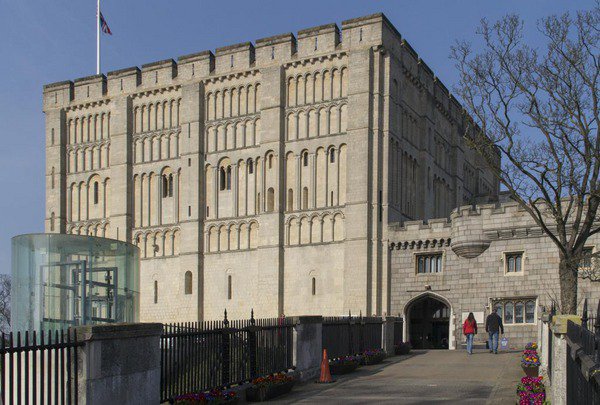The Wonder of Birds
dal 22/5/2014 al 13/9/2014
Segnalato da
22/5/2014
The Wonder of Birds
Norwich Castle Museum and Art Gallery, Norwich
The exhibition explores the cultural impact of birds upon mankind and it comprises six sections, each highlighting a different aspect of birds, their meanings and our relationships with them.

The Wonder of Birds explores the cultural impact of birds upon mankind. Eliciting a wide range of emotions from awe to fear and from pleasure to cruelty, birds have intrigued humanity since the earliest of times. With loans from local and national collections, the exhibition spans the centuries and includes some 220 works by major artists and illustrators, historical and contemporary, natural history, archaeology, fashion and social history.
This innovative exhibition also examines local, national and international issues. The Wonder of Birds comprises six sections, each highlighting a different aspect of birds, their meanings and our relationships with them. It begins by introducing the visitor to the breadth of this fascinating subject: what is a bird; what do they mean to us; how have we studied, portrayed, preserved, endangered and used them? Section 2, Predators and Prey, explores a variety of species of game bird as well as birds of prey, while Section 3, Birds & Landscape, primarily examines birds in East Anglia, focusing on wildfowl and wetland birds. Birds can be closely associated with our ideas of place and as such may be strongly connected with local identities.
Arguably this is especially true in this region, which boasts a wealth of habitats of international importance housing unique groups of species. As a contrast to their strong associations with the land, birds are equally closely linked with the sea, travel, distance and migration. Some birds travel phenomenal distances annually and Section 4, Migrants and Ocean Travellers, examines the seasonal behaviour which may take migrating birds from Norfolk to the Arctic, Africa or South America.
Section 5 is titled Introducing the Exotic. Exotic birds have always been coveted for their brilliant plumage, combined with their sheer rarity value, both as high status pets and for their feathers. This section also focuses on the use of feathers of all kinds for clothing and fashion accessories - a trend which peaked in the western world in the 19th century. The resulting deaths of thousands of birds sparked off the awareness of extinction which led to the founding of the RSPB.
The Realms of the Spirit, the final section, illustrates how songbirds and their relatives have symbolised the immortal soul, been seen as heralds of the seasons, messengers from heaven, or magical beings moving between worlds.
Opening 23th May from 2 to 4 pm
Norwich Castle Museum & Art Gallery,
Shirehall Market Avenue, Castle Meadow - Norfolk- Norwich Gran Bretagna
Adult £6, Conc £5.50.



